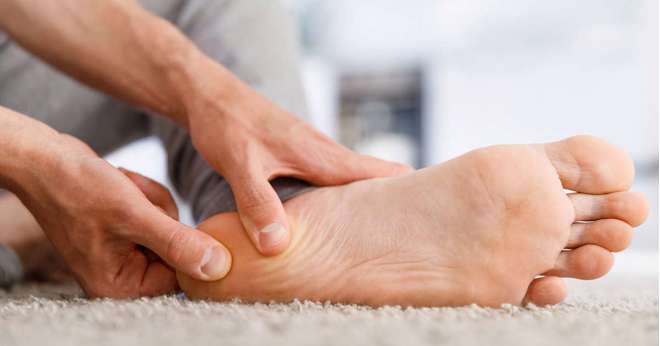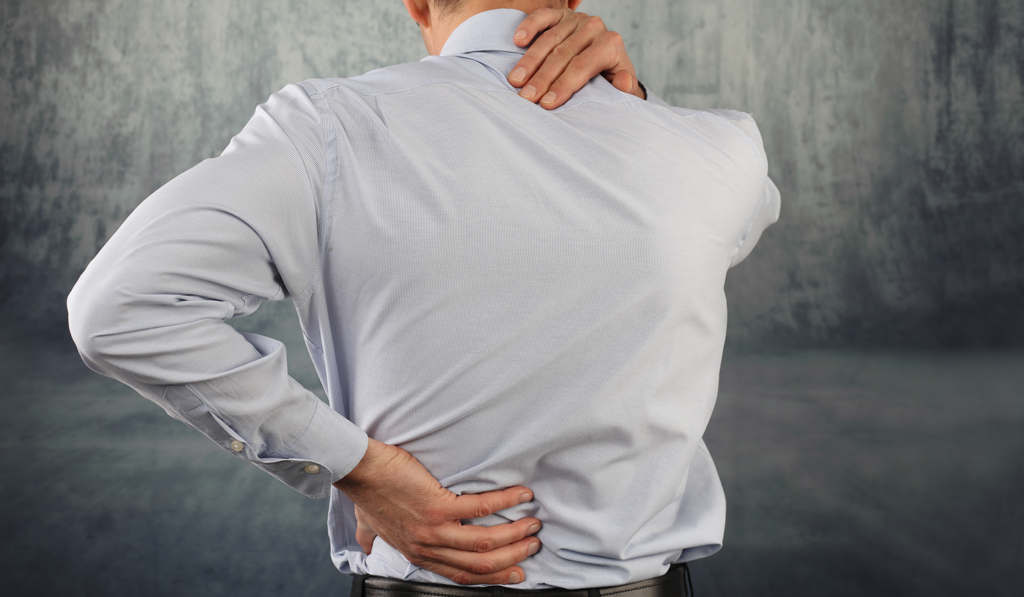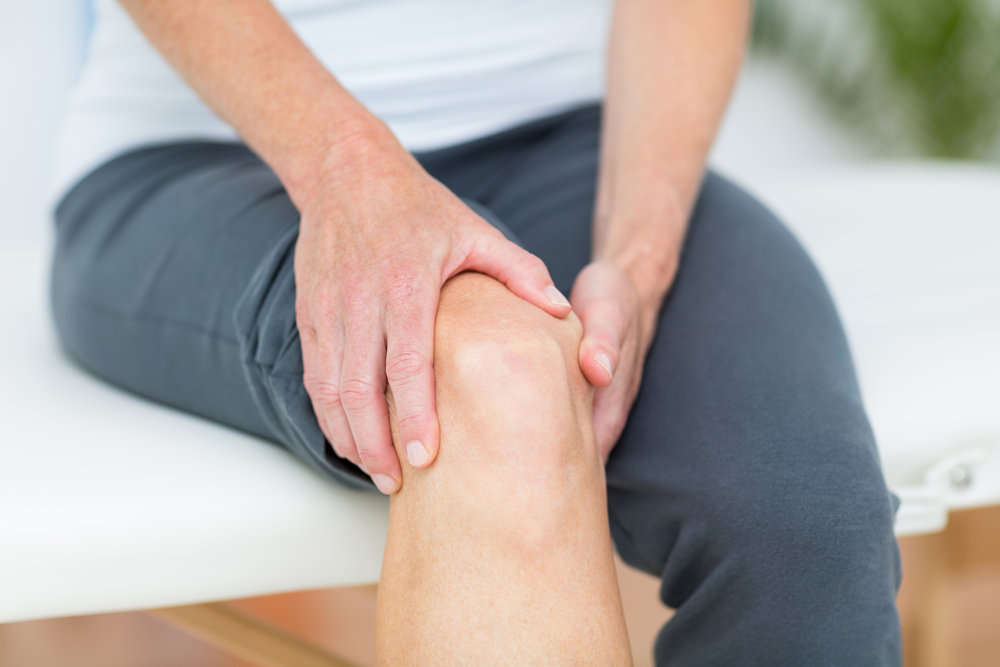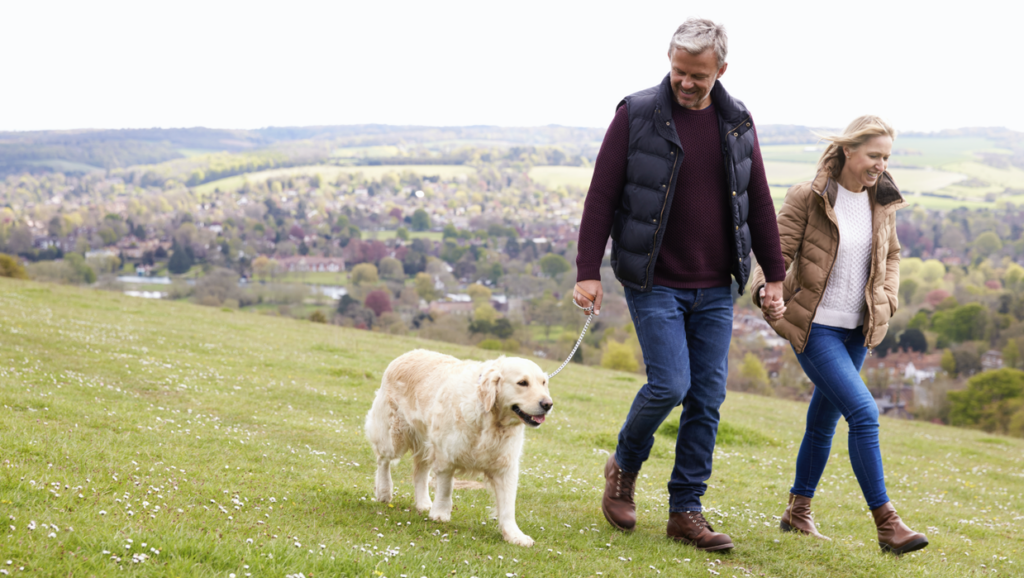Just because you’re getting older, doesn’t mean things have to start hurting! If pain is preventing you from doing the things you love, you aren’t alone. In fact, 1 in 5 adult Canadians report suffering from chronic pain.
If you are living in pain, it can seem almost impossible to get moving. Or maybe you think that exercise will exacerbate your pain. The good news is that just because you’re getting older doesn’t mean you have to let pain interfere with your life.
Contrary to popular belief, movement and relaxed physical activity can actually help you manage pain. Common types of lower body pain that can benefit from movement:
- Low back pain
- Knee osteoarthritis pain
- Plantar fasciitis pain
Continue reading this blog to learn how you can use movement to treat those common conditions.
Movement Is Medicine
Recent research emphasizes the pivotal role of movement, activity, and exercise in alleviating musculoskeletal pain and enhancing overall well-being. Engaging in regular physical activities tailored to individual abilities not only reduces pain but significantly improves daily functioning, including household tasks, work, study, and social activities.
Physical conditioning is a crucial aspect of recovery, contributing to improved strength, flexibility, and endurance. This comprehensive approach enhances the overall quality of life for individuals with musculoskeletal pain. As research continues, these insights form a compelling foundation for developing effective strategies for managing pain with movement..
Why Movement Can Help Low Back Pain
Low back pain stands as the leading cause of pain among Canadians, impacting a staggering 80% of adults at some point in their lives.
While lower back pain is common, there is no conclusive data as to what causes it. 80 – 90% of low-back pain is non-specific, meaning clinical diagnostic tests don’t reliably tell why we experience most types of pain.
Researchers speculate that contributing factors include sedentary lifestyles, carrying more weight on our trunks than needed, and not being able to engage stabilizing muscles in the correct way.
Every movement we make requires stabilization in the back, which is why lower back pain can be so profoundly disabling. When you experience back pain, your first instinct might be to rest and resist moving. However, moving around might help more when it comes to easing back pain.
In fact, research has shown that lower back pain wasn’t as disabling until the introduction of Western Medicine. Historically, Western Medicine relied on diagnostic imaging to determine structural pathology and recommended bed rest and medication for treatment. Studies further suggest that reducing activity without a corresponding reduction in pain can then promote a fear of movement making the pain even more difficult to treat.
We now know that the best thing you can do for lower back pain is to incorporate simple – but effective – motions into your daily routine, such as standing and walking. If even simple everyday movements are too painful, or if the pain is not improving noticeably in seven days, we recommend consulting a medical professional.
Additionally, having a strong core of musculature stabilizes the spine to reduce injury. Those with a preexisting injury will also benefit from core strengthening. Your abs must be exercised in conjunction with all other core areas to ensure total health. You want to balance forces on the spine as you build your core. This means building strength in the lower back as well.
Using Exercise To Treat Knee Osteoarthritis Pain
Osteoarthritis, the most prevalent form of arthritis, often results in joint swelling. Maintaining an active lifestyle, however, is crucial for managing this condition effectively.
Recent evidence on lower limb osteoarthritis shows that exercise, such as strengthening exercises, significantly helps reduce pain. The size of the benefit (known as the ‘effect size’) is much larger than the largest benefit shown for paracetamol in knee osteoarthritis. In essence, exercise can be considered ‘medicine’ for treating knee OA.
When choosing exercise, opt for lower impact aerobic activities to protect your knees from further damage and pain. Activities such as cycling and swimming offer excellent cardiovascular and muscular strength benefits without imposing excessive strain on your knee. A pro-tip: engaging in aerobic activity can aid weight loss, and for every pound lost, there’s a corresponding four-pound reduction in pressure on your knee with each step!
Making walking a regular part of your routine can be beneficial, provided you have the proper equipment. Ensure that your footwear, orthotics, and medical devices like knee braces or trekking poles are suitable for your needs. The right footwear and orthotics enhance foot and lower leg alignment, reducing pressure and friction on arthritic knee areas.
While exercise is vital, it’s equally important to recognize when your body needs rest. Pay attention to signals of fatigue or discomfort, and don’t hesitate to take a break when necessary. Being diagnosed with knee osteoarthritis can initially feel discouraging, but by following these tips, you can maintain an active lifestyle and improve your management of knee OA.
Exercises To Alleviate Plantar Fasciitis Pain
Plantar fasciitis is the most common cause of foot pain. It occurs when there is a structural breakdown of your plantar fascia, which is a thick fibrous band of tissue (fascia) on the bottom (plantar side) of your feet that connects your heel bone to your toes. This often leads to small tears in the tissue causing recurring cycles of inflammation and pain.
The key to quick recovery from plantar fasciitis is incorporating a combination of treatments including foot orthotics, proper footwear, foot rollers, as well as stretching, mobility, and strengthening exercises.
Daily rehabilitation of the plantar fascia is key as it increases tissue flexibility and prevents fraying or tearing. Our 10-minute morning plantar fasciitis guide provides you with stretches, movements, and massage techniques to activate the intrinsic foot muscles and restore the plantar fasciitis structure.
Exercises that can help treat plantar fasciitis:
Calf Stretch (Gastrocnemius and Soleus)
- step one foot forward, elevating the forefoot and keeping the heel on the ground
- bend the front knee approximately 15 to 20 degrees
- switch to the other leg and repeat
- complete 3 sets of 30 seconds each
Forefoot Extension Stretch
- stand shoulder-width apart and place one foot ahead of the other
- contract the calf muscle of the back leg to lift the heel
- raise the heel until you have lifted onto the forefoot
- complete 5 sets of 15 repetitions each
Download the full guide here: https://www.kintec.net/plantar-fasciitis-recovery-guide/
Are You Ready To Be Pain Free?
Book your assessment today! Our goal with assessment and treatment is to:
- provide you with education, support, and a personalized treatment plan
- minimize your pain
- help you stay active on your feet, for life
Book now: https://walkingmobilityclinics.com/book-now/





